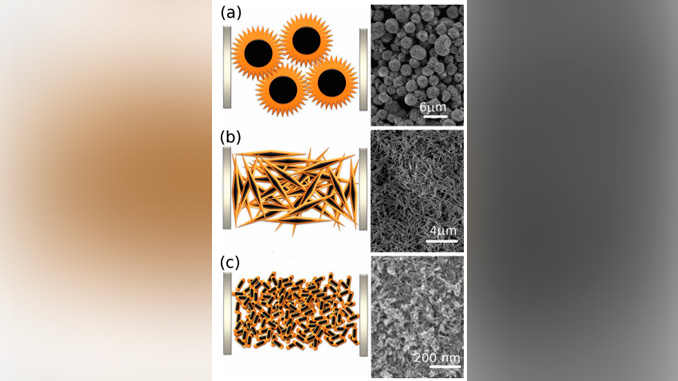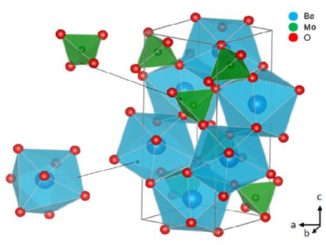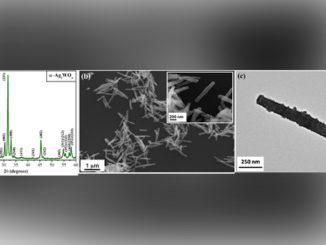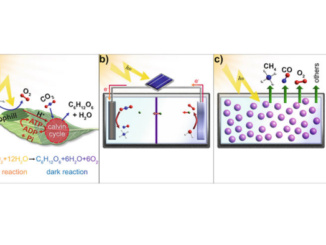
Writers: Diogo P. Volanti, Anderson A. Felix, Marcelo O. Orlandi, George Whitfi eld, Dae-Jin Yang, Elson Longo, Harry L. Tuller and José A. Varela
Keywords: copper(II) oxide; gas sensors; morphology; urchin-like structures; semiconductors
Abstract: The development of gas sensors with innovative designs and advanced functional materials has attracted considerable scientifi c interest given their potential for addressing important technological challenges. This work presents new insight towards the development of high-performance p-type semiconductor gas sensors. Gas sensor test devices, based on copper (II) oxide (CuO) with innovative and unique designs (urchin-like, fi ber-like, and nanorods), are prepared by a microwave-assisted synthesis method. The crystalline composition, surface area, porosity, and morphological characteristics are studied by X-ray powder diffraction, nitrogen adsorption isotherms, fi eldemission scanning electron microscopy and high-resolution transmission electron microscopy. Gas sensor measurements, performed simultaneously on multiple samples, show that morphology can have a substantial infl uence on gas sensor performance. An assembly of urchin-like structures is found to be most effective for hydrogen detection in the range of parts-per-million at 200 ° C with 300-fold larger response than the previously best reported values for semiconducting CuO hydrogen gas sensors. These results show that morphology plays an important role in the gas sensing performance of CuO and can be effectively applied in the further development of gas sensors based on p-type semiconductors.




